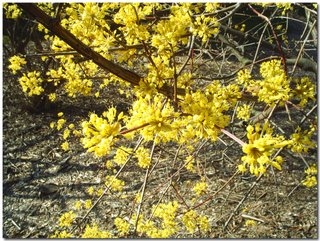Dire news about Global Warming
Mark Anderson wrote an article entitled “Global Warming: Be Very Afraid”for Wired News in which he interviewed Elizabeth Kolbert, a staff writer for The New Yorker author of a three-part New Yorker series on climate change last year.
Her remarks were quite interesting and dire. I believe we have gone past the tipping point and that climate changes will happen at a much, much faster pace than predicted. We still think most of the change will be most noticeable only mid to late century but with the melting of the Arctic and Antarctic glaciers and the resultant dark bare ground absorbing and retaining more heat I believe the speed of change will be breathtaking – not in centuries but a decade or two. Unfortunately we are already too late to do much about it. Maybe our plants will be the beneficiaries if we get enough rain.
More Antarctica warming news from this livescience website.
More from Yahoo and AP writer Seth Borenstein that we may be already too late to do anything about global warming.
Her remarks were quite interesting and dire. I believe we have gone past the tipping point and that climate changes will happen at a much, much faster pace than predicted. We still think most of the change will be most noticeable only mid to late century but with the melting of the Arctic and Antarctic glaciers and the resultant dark bare ground absorbing and retaining more heat I believe the speed of change will be breathtaking – not in centuries but a decade or two. Unfortunately we are already too late to do much about it. Maybe our plants will be the beneficiaries if we get enough rain.
More Antarctica warming news from this livescience website.
More from Yahoo and AP writer Seth Borenstein that we may be already too late to do anything about global warming.










